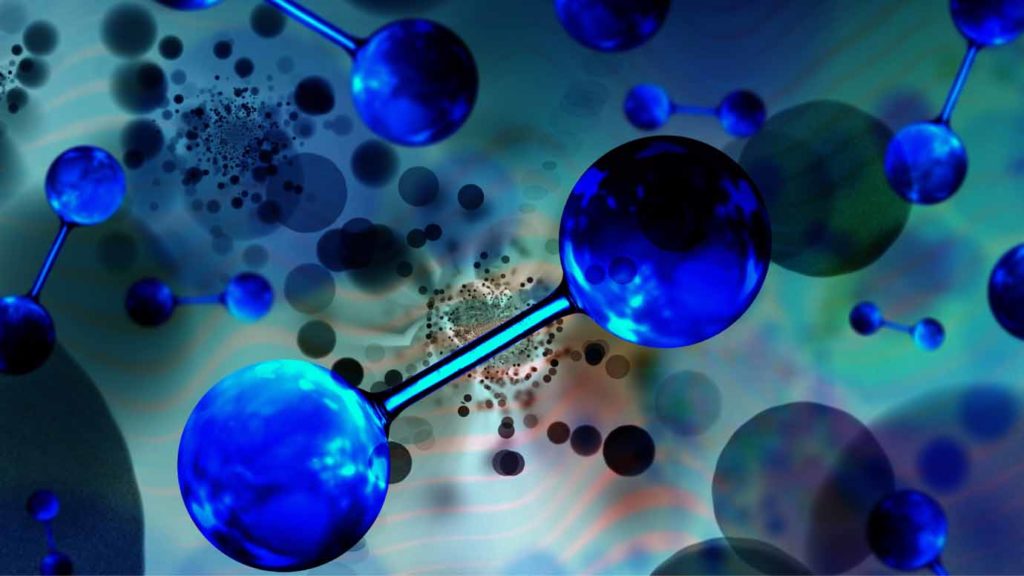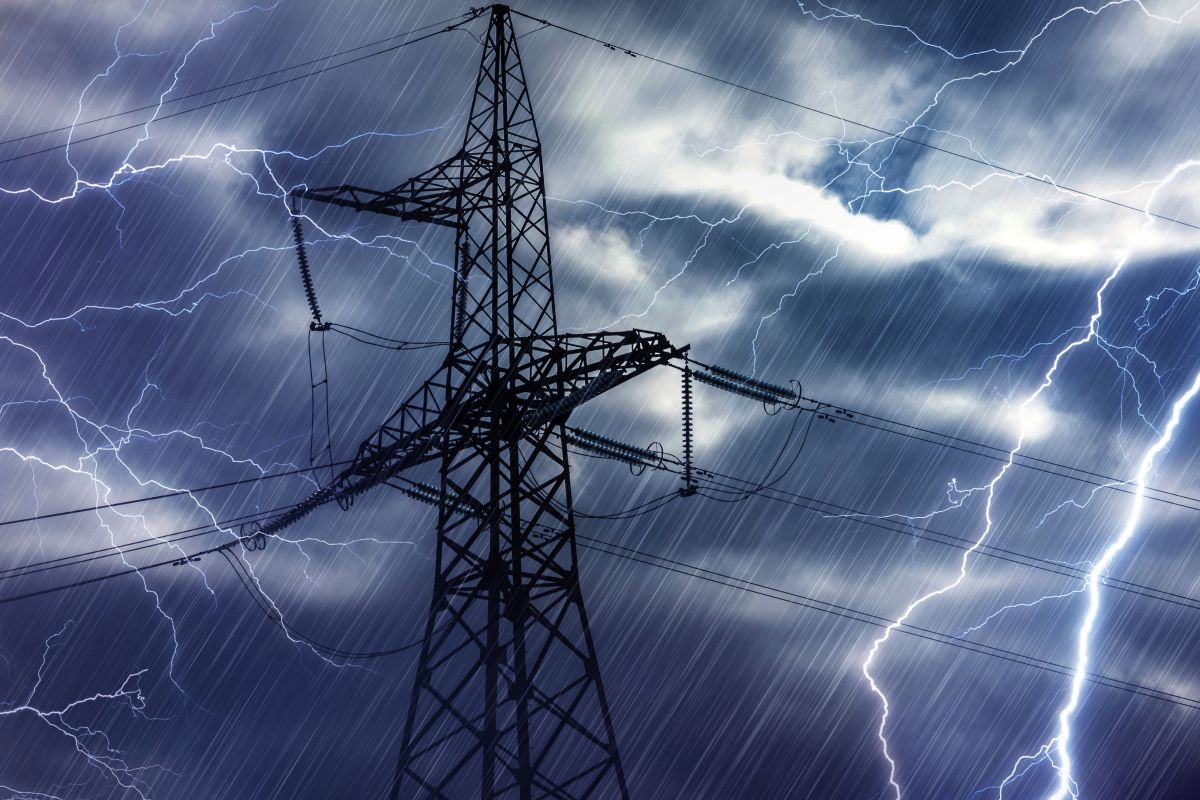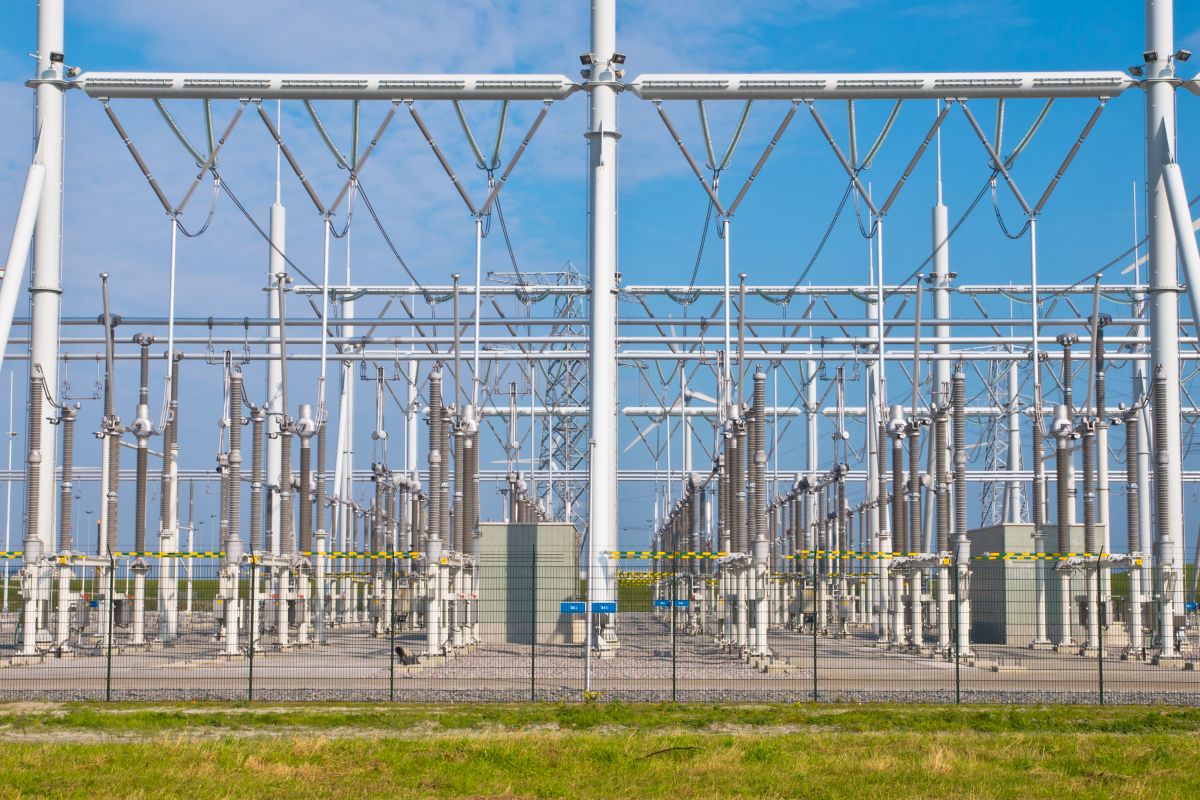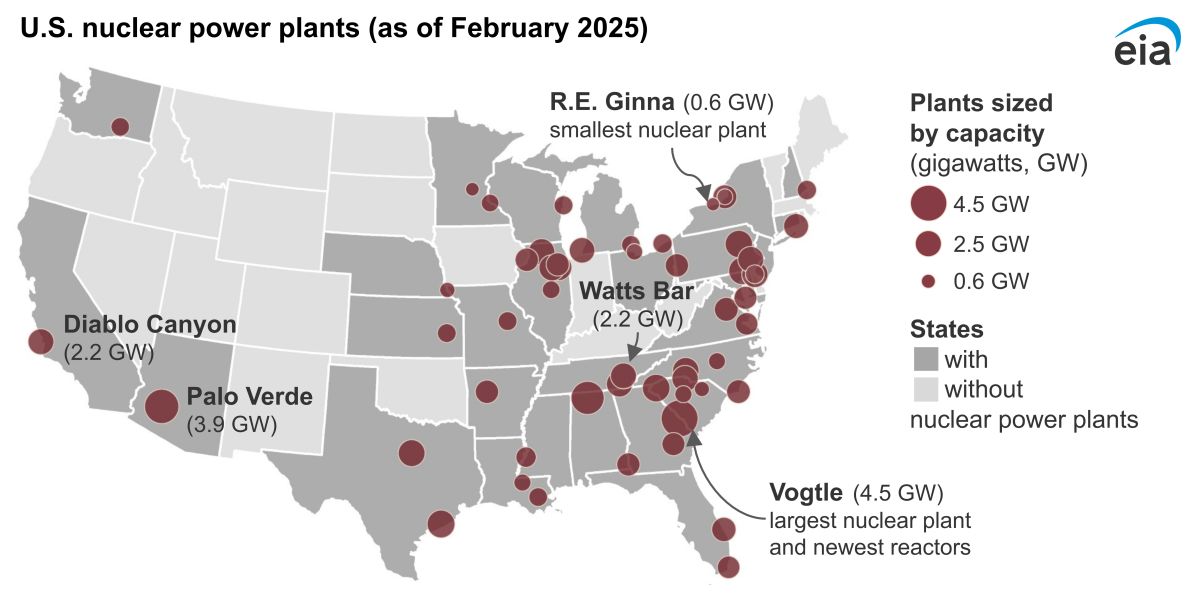In order to advance research, development, and demonstration (RD&D) of clean hydrogen technologies that are affordable, the Biden-Harris Administration has announced funding of up to $47 million through the U.S. Department of Energy (DOE). This funding will strengthen critical hydrogen infrastructure, reduce costs, and enhance the performance of hydrogen fuel cells, which will further the Hydrogen Shot goal of the Energy Department to reduce the cost of hydrogen to $1 per 1 kilogram in 1 decade.
Hydrogen Primer: The Impact of Lower Costs on Clean Energy Expansion
Reducing hydrogen production costs will have widespread benefits across various industries and contribute to a more sustainable energy landscape. Affordable hydrogen will accelerate its adoption in transportation, manufacturing, and power generation, reducing reliance on fossil fuels. According to the DOE, lowering the cost of clean hydrogen will play a crucial role in achieving the nation’s long-term climate and energy goals. Lower costs will:
- Increase the use of clean hydrogen across sectors,
- Strengthen energy security, and
- Support the President’s goals of a clean electric grid by 2035 and a net-zero emissions economy by 2050.
What is the Difference Between ‘Green’ and ‘Clean’ Hydrogen?
According to Energy Matters, hydrogen is produced through the splitting of water into hydrogen and oxygen using electricity. This process is called electrolysis. The hydrogen can be stored for later use or may be used in fuel cells to generate power. For instance, one way of producing hydrogen power is through methane in natural gas.
A hydrogen primer highlights that hydrogen produced through renewable sources, like wind and solar power, is called green hydrogen. The only by-products in the process of producing green hydrogen are oxygen and water vapor, which makes it a clean energy production with zero carbon emissions.
Unlike green hydrogen, clean hydrogen is produced from both fossil fuels and renewables. This is done with the help of carbon capture and storage technology.
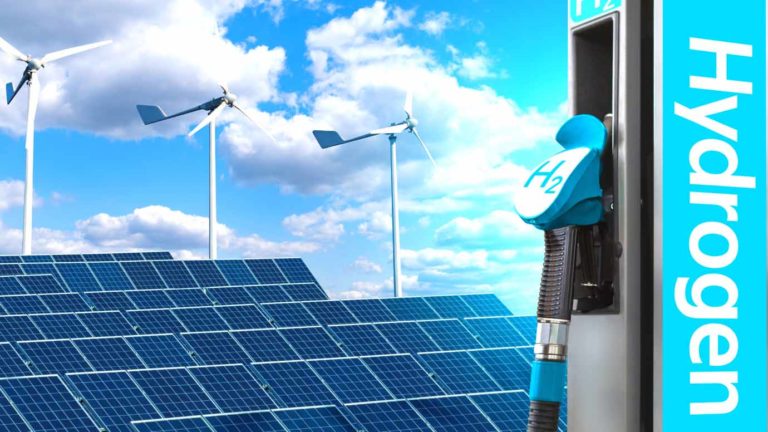
What Will This Funding Focus on?
DOE’s Hydrogen and Fuel Cell Technologies Office (HFTO) is administering this funding. It will be focused on RD&D of technologies for hydrogen delivery and storage and fuel technologies that are durable and affordable.
Applications for heavy-duty trucks will be the main focus of fuel cell RD&D technologies in order to reduce carbon dioxide emissions as well as eliminate tailpipe emissions that reduce local air quality.
These activities will work together with other hydrogen-related projects being funded by the President’s Bipartisan Infrastructure Law.
Financial Assistance Awards
DOE intends to award financial assistance awards in the form of cooperative agreements for all the areas. The approximate time period of performance for each award will be around two to four years.
Stakeholders within the industry, academia, and national laboratories across different technical disciplines are being encouraged by DOE to apply. Diversity in teams is also encouraged.
The application process will have two phases.
- Concept Paper phase, and
- A full application phase.
Concept papers are due on February 24, 2023, and full applications are due on April 28, 2023.
To learn more about this, click here.
Conclusion
The Biden-Harris Administration’s $47 million investment in clean hydrogen technologies marks a significant step toward advancing the Hydrogen Shot goal and accelerating the transition to a low-carbon economy. By focusing on cost reduction, infrastructure development, and fuel cell advancements, this funding will drive innovation in hydrogen energy solutions and support climate and energy security goals. As industries, researchers, and policymakers collaborate to expand hydrogen adoption, this initiative will play a crucial role in achieving a clean electric grid by 2035 and net-zero emissions by 2050.
Disclaimer: Any opinions expressed in this blog do not necessarily reflect the opinions of Certrec. This content is meant for informational purposes only.


